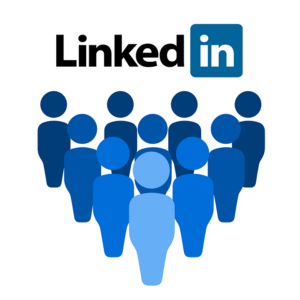Opinion
Union Views: LinkedIn – should you opt out?
Union Views
This article is more than 7 years old.

LinkedIn – more advantages than disadvantages? (photo: Pixabay)
Recruiters agree: LinkedIn is the place to be if you are serious about progressing your career. Their confidence is backed by data that shows the increasing importance of the platform.
Long list of excuses
Nevertheless, I continue to meet professionals who do not have a profile. When I ask them why, their arguments differ.
It could be indifferent inattention: “I have a profile, but I haven’t updated anything for years”; a digital incompetence: “What is LinkedIn, and how do I sign on?”; or arriving a little late to the party: “I am actually looking for a job – maybe I should try LinkedIn.”
But I do not find any of these explanations valid.
A means for insights
For me, LinkedIn has unambiguously more advantages than disadvantages. LinkedIn is a means for co-operation, exposure, visibility and leads. I can share insights with my network to transform connections into relations.
Future employers can see and find me but, equally important, I also can see and find them. I can see their posts and updates and be inspired to co-operate or even apply for an opening.
Why opt out?
However, LinkedIn is not for everybody. If you do not want a profile, let that be an active choice.
Personally, I would opt out of LinkedIn if my merits and results naturally spoke on their own without LinkedIn.
Equally if I was a born networker, I might not need LinkedIn to present myself or link with people who can help me or who may need my help.
Finally, I would not bother if I could not commit the required enthusiasm and effort. A badly maintained LinkedIn profile is, at best, irrelevant.
While I find these reasons legit, I am unable to claim any of the above, so I bandwagon! What is your reason to be on LinkedIn or to opt out?
Five-fingered approach
– Use a professional photo
– Make sure your background corroborates what you are good at
– Write a headline that inspires connections to visit your profile
– Focus your CV on who you are and what you do
– Get your skills endorsed

About
Union Views
Steen is senior advisor at Djøf, the Danish Association of Lawyers and Economists. He is a blogger and manager of various projects aimed at generating jobs in the private sector. In this column he writes about trends and tendencies in the labour market. Follow him on Twitter @SteenVive










































